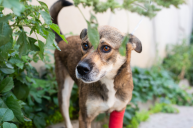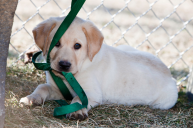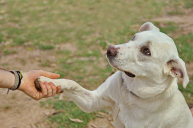This is a guest post by Mat Coulton of Wiley Pup
Congratulations on your decision to adopt a dog from a rescue shelter!
You have made a decision to save a life, reduce animal suffering, and contribute to ending pet overpopulation. Your adoption fees are supporting an organization devoted to animal welfare in your community as well. It is a choice to be proud of!
Here are some tips to help you make the first few days and weeks of your new family member's transition to their fur-ever home as smooth as possible.
1. Take time to decide on house rules ahead of time.

Canines are social animals that are wired to try to fit in to the pack. When they enter a new environment, they are particularly open to learning the "appropriate" behaviors in their new home. If you take some time before your new dog arrives to decide on what house rules matter most to you, it will help you be consistent right off the bat.
For example, if you have decided that you want your new buddy to be crate trained for his own safety at home alone, ease of travel, as well as sense of security in stressful times, then make sure to have a crate ready before he even gets home. Make it super soft and inviting with some old blankets, towels, and a topped-off water bowl.
You don't even have to close the door on the crate at first. Chances are if you make it inviting, feed him in the crate, and occasionally toss treats inside, your new dog will choose to lay down inside it when he is tired and overwhelmed - making crate training a breeze.
2. Make solid plans for plenty of exercise.
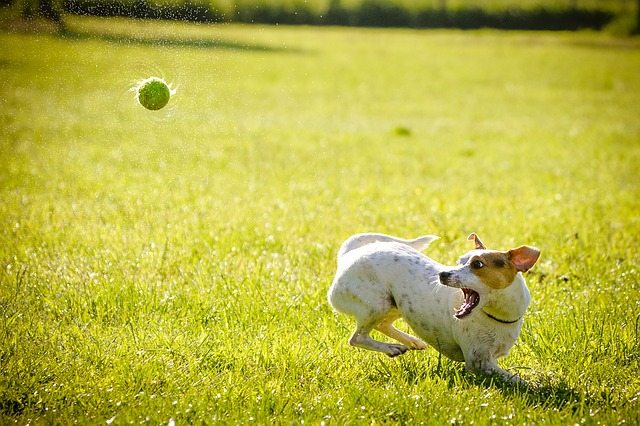
The shelter and the transition to a new home is a stressful experience for your new companion. A great way to give her a chance to blow off steam, produce some mood boosting hormones, while improving your bond, is to make sure she get lots of exercise in the first few weeks of her transition.
Walks around the neighborhood are a great way to give her a sense of place her new surroundings. However, they are rarely enough to satisfy the exercise and stimulation needs of dogs. In addition to walks, consider some other ideas for a workout.
For example, train your dog the basics of fetch and treat them to an inexpensive ball launcher to make the most of their newfound trick! Or, make plans with someone you know who has a sociable dog to get together for play date a week or two into the transition.
3. Make an appointment with your vet.

It is always a good idea to get your new furry friend in to see the vet for a checkup, necessary vaccinations and to arrange for a spay/neuter (if you have adopted a puppy still too young for the procedure). Bring a bag of treats with you to the vet, making sure to reward often to make sure your dog associates their new vet with good stuff like praise and treats.
4. Stock up on appropriate toys for chewing.

One of the things that often soothes stressed out dogs is chewing. If you do not provide appropriate chew toys for him, he may turn to chewing on furniture, shoes, or trash. By encouraging him to gnaw on safe dog toys, you are helping him stay out of trouble and preventing destruction of your own property as he adjusts to his new home.
5. Consider enrolling in a training class.
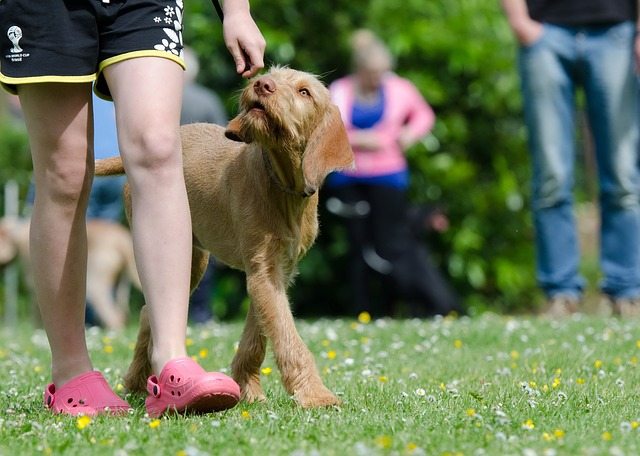
If you happen to be a first-time dog owner or have never had a chance to learn about modern dog training methods, consider a basic manners class or introductory clicker training course. If your budget is an issue, check with the shelter which often has free or low-cost training classes available.
Here is a tip for choosing the right class: Look for a trainer that uses positive reinforcement methods such as clicker training. Avoid trainers that push "dominance" methods which are out of date with current research on dog behavior and learning, as well as potentially doing more harm than good to your relationship with your dog.
Look for opportunities to reward your dog with praise, treats or access to things they love such as a bone or a squeaky toy. By focusing on rewarding the right behavior, you are building a bond of trust with your dog, and teaching her that her new home is safe.
We hope this article has given you some food for thought for the adventure that is about to begin. With a little bit of preparation, you can ease the transition for your second chance pal.
This is a guest post by Mat Coulton of Wiley Pup
WATCH NOW: 5 Training Tips for a New Pup

